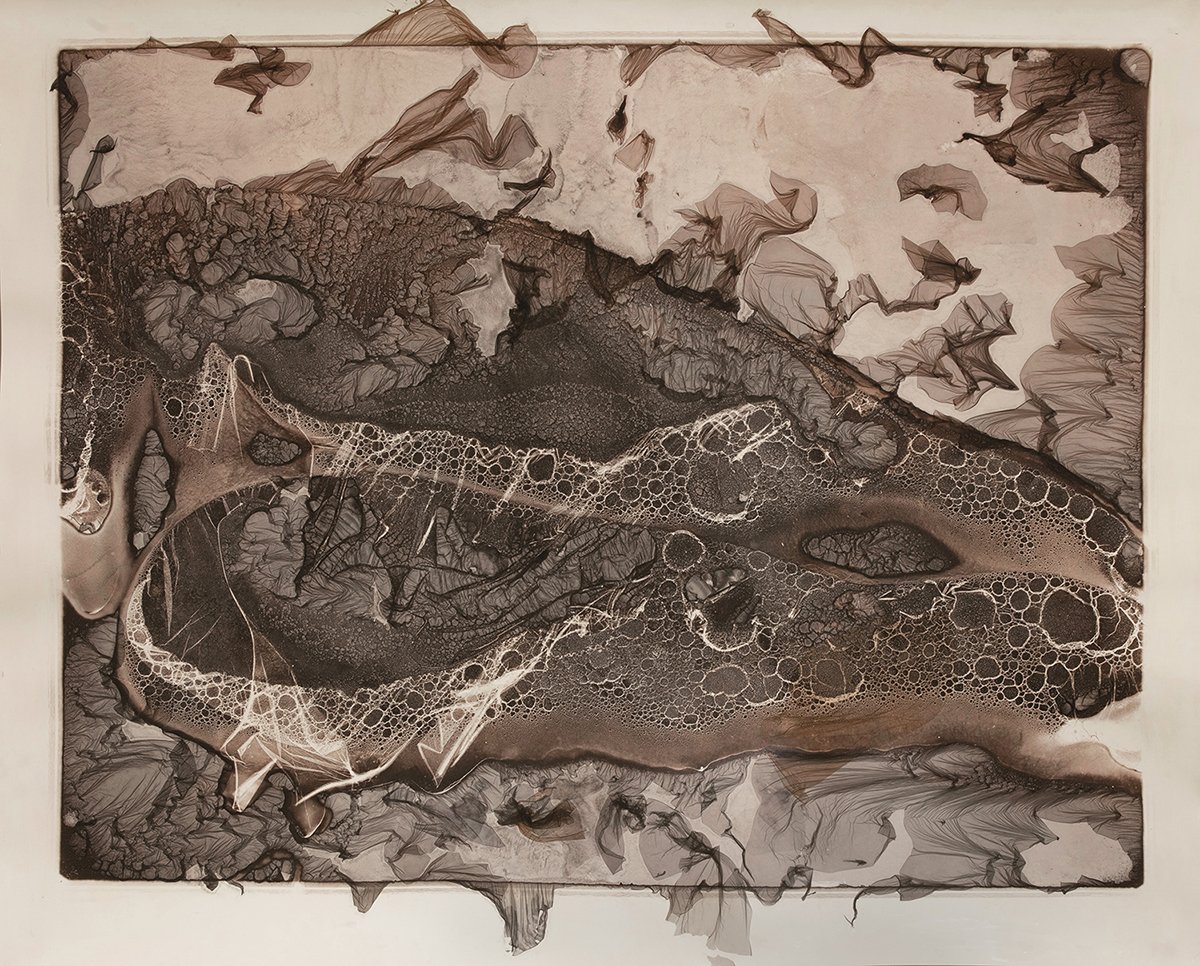Kristoffer Johnson
To Which We Return | To Which We Return focuses on the impermanence and fragility of the human body and the physiological problems that are inherent in existence. The human body is a fragile construct that ages and decays. The Buddhist concept of impermanence states, everything is temporary and subject to rise and fall. Mortality is an unavoidable and inevitable fact that humanity must face despite the sense of control which society and self-awareness give us. Reflection on death is a shared concept throughout human history. This work draws from two such traditions, the Buddhist meditation Maranasati "mindfulness of death" and the Western visual tradition of Memento Mori "remember that you must die."
Maranasati invites one to visualize and contemplate their body in a state of decay. In this series, I use an alternative photographic process known as Mordançage to externalize this visualization. Photography has long been associated with memory and the desire to immortalize past moments and serves as constant reminders of time and mortality. Whereas the goal of most photography is the preservation of self and memory, in this work, the fragmented image serves as a reminder of the ever-present specter of the end of the life we know.
The mordançage process degrades and disrupts photographic materials through a chemical process of decay and destruction. The cracked surfaces and emulsion veils, weighted down by gravity, visually reference collapse and entropy and reflect the material conditions of the human body. The figure's skin pulls away, merging with the background, breaking down the barrier between body and space. The forms, textures, and colors of the images simultaneously reference geological formations and flesh, tying the body to the world in which it exists and to which it shall return. www.kristofferjohnsonfoto.com














